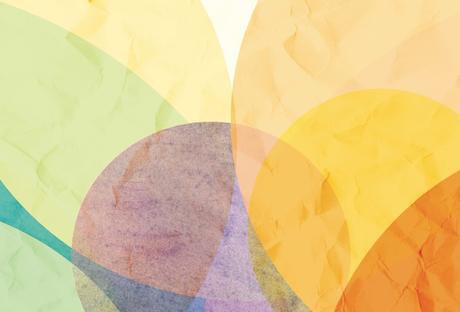
We have to call it big news when a generally conservative Jewish media outlet summons 10 "non-Jewish spouses" of Jews and asks them about anything. So the publication of the piece in The Tablet last week, entitled " The Minyan: Non-Jewish Spouses," represents progress. And that's because most of the Jewish press coverage and academic work on interfaith families has been based on interviews and surveys with the Jewish partners, and only the Jewish partners. My book , almost a decade after publication, is still a rare source on what both partners in interfaith relationships think, and feel.
I also appreciated that two of the twelve "non-Jewish" partners in this group conversation are raising children with both family religions, and that they were allowed to explain what they see as the benefits of this choice. Andrea, who was raised Presbyterian, married a Jew, and now sees herself as interfaith, explains to the group, "I think that kind of bi-literacy, bilingualism, can increase our understanding in the world. Everything is so fractional right now, so divisive. I just have hope that people who are in interreligious marriages are maybe a microcosm for how the world can bridge difference." And Kavya, a Hindu married to a Jew, adds "it's not that novel, the idea that our children can celebrate two deep lineages and backgrounds."
This published conversation also adds to the growing body of literature describing the tremendous damage done by exclusion of interfaith couples, including refusal to officiate at marriages, family members who refuse to visit, and family members who refuse to attend weddings. And it adds to the literature describing the tremendous damage done by gender-based religious gatekeeping in the form of excluding children of Jewish patrilineal descent. These parents describe a refusal to perform a bris, an interfaith child raised Jewish who studied and jumped through every Jewish hoop but was still called a non-Jew, and a rabbi who ripped off a boy's body.
All of this is important for a Jewish audience to hear. And yet, this piece is also an example of a very focused Jewish lens, a lens that distorts the experience of people married to Jews through selection bias, and the choice of questions. To start with, not one of these 12 partners-of-Jews actually currently identifies as Christian, according to the bios. So the Jewish bias is already inherent in the selection of a sample of partners who have mostly left Christianity behind. The editors also "deliberately narrowed the field to those married to Jews who care about being Jewish." What does that even mean? In this case, it means this is a conversation primarily among people who married "practicing" Jews and agreed to put aside their own religion, or who had left their own religion, and are raising "Jewish only" children. Eight out of ten couples with children in this sample are raising children "Jewish only," which is a huge oversampling of that subgroup.
And, note that all of the questions, with the exception of a nod to the (arguably secular) Christmas tree and Easter eggs, are about Judaism. And even the tree and eggs are discussed in terms of their effects on the Jewish partners. The discussion topics include Passover, the High Holidays, Torah study, Israel, Jewish persecution, and conversion to Judaism. These partners are asked how their Jewish in-laws felt about the marriage, but not how their own (mostly Christian) parents felt. There are zero questions about how they feel about leaving their religions behind, whether there are traditions that they miss, what their children might gain from Christian (or Hindu) extended family. In the end, it's an interesting discussion, but it's not really about these partners of Jews at all. It's about (once again) what it all means for Judaism.
Journalist Susan Katz Miller is an interfaith families speaker, consultant, and coach, and author of Being Both: Embracing Two Religions in One Interfaith Family (2015), and The Interfaith Family Journal (2019). Follow her on twitter @susankatzmiller.
